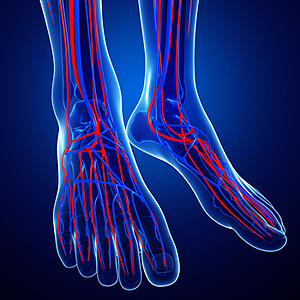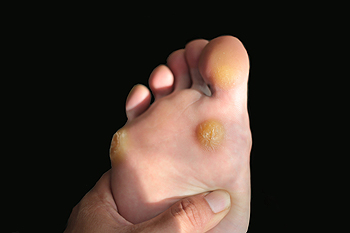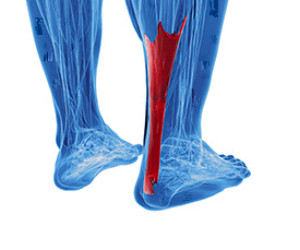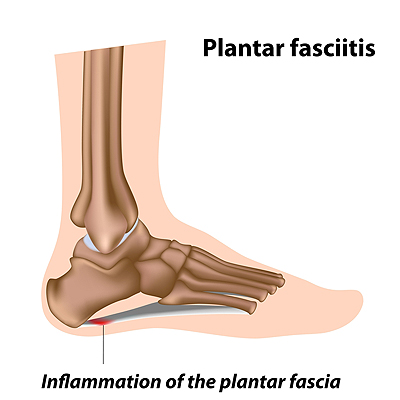 Experiencing leg and foot pain during pregnancy is a common ailment most women suffer from, especially during the second and third trimester. Swollen feet, also referred to as edema, is often caused by excess blood and fluids accumulating in the tissues. Additionally, an increase in estrogen and other hormones may cause flat feet, causing the heels and arches to become sore. The excess weight acquired during pregnancy is also a factor, causing the ankles and feet to increase in size, possibly causing pain while walking. One preventative measure that may help a flat-footed condition is purchasing shoes with adequate arch support. Drinking plenty of water could help to flush out excess sodium, thereby reduce swelling in the feet.
Experiencing leg and foot pain during pregnancy is a common ailment most women suffer from, especially during the second and third trimester. Swollen feet, also referred to as edema, is often caused by excess blood and fluids accumulating in the tissues. Additionally, an increase in estrogen and other hormones may cause flat feet, causing the heels and arches to become sore. The excess weight acquired during pregnancy is also a factor, causing the ankles and feet to increase in size, possibly causing pain while walking. One preventative measure that may help a flat-footed condition is purchasing shoes with adequate arch support. Drinking plenty of water could help to flush out excess sodium, thereby reduce swelling in the feet.
Pregnant women with swollen feet can be treated with a variety of different methods that are readily available. For more information about other cures for swollen feet during pregnancy, consult with one of our podiatrists from Westside Podiatry Center, LLP. Our doctors will attend to all of your foot and ankle needs.
What Foot Problems Can Arise During Pregnancy?
One problem that can occur is overpronation, which occurs when the arch of the foot flattens and tends to roll inward. This can cause pain and discomfort in your heels while you’re walking or even just standing up, trying to support your baby.
Another problem is edema, or swelling in the extremities. This often affects the feet during pregnancy but tends to occur in the later stages.
How Can I Keep My Feet Healthy During Pregnancy?
- Wearing orthotics can provide extra support for the feet and help distribute weight evenly
- Minimize the amount of time spent walking barefoot
- Wear shoes with good arch support
- Wear shoes that allow for good circulation to the feet
- Elevate feet if you experience swelling
- Massage your feet
- Get regular, light exercise, such as walking, to promote blood circulation to the feet
If you have any questions please feel free to contact one of our offices located in Liverpool, Camillus, Skaneateles, Oswego, and Cicero, NY . We offer the newest diagnostic and treatment technologies for all your foot and ankle needs.


 Sweaty feet
Sweaty feet





